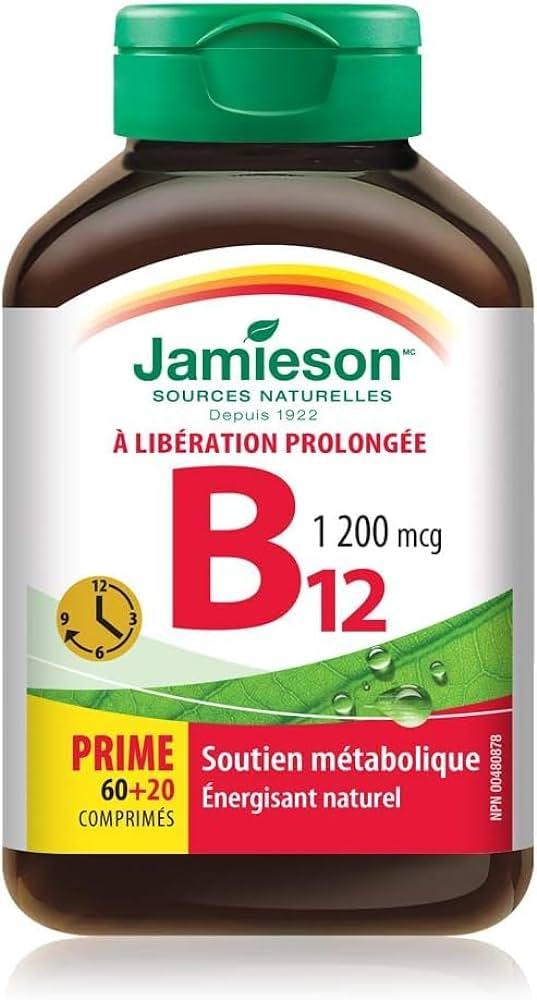Are there different types of dietary fiber?
High Fiber Diet: Unlocking Health Benefits and Practical Tips
In recent years, a high fiber diet has gained traction among health enthusiasts and nutritionists alike. More than just a trend, incorporating fiber into your daily meals can have profound effects on your overall health. In this article, we’ll explore the benefits of a high fiber diet, practical tips for increasing fiber intake, and a variety of delicious, fiber-rich foods.
What is a High Fiber Diet?
A high fiber diet is one that emphasizes the consumption of foods rich in dietary fiber. Dietary fiber is a type of carbohydrate that the body cannot digest. Instead of being broken down and absorbed, fiber passes through the digestive system, promoting a variety of health benefits.
Benefits of a High Fiber Diet
Integrating more fiber into your diet can lead to numerous health advantages:
- Improved Digestive Health: Fiber helps to regulate bowel movements, preventing constipation and promoting a healthy gut microbiome.
- Weight Management: High fiber foods are often more filling, which can help curb overeating and aid in weight loss.
- Lower Cholesterol Levels: Soluble fiber can help reduce the absorption of cholesterol in the bloodstream.
- Stabilized Blood Sugar Levels: A high fiber diet can slow the absorption of sugar, helping to control blood sugar levels.
- Reduced Risk of Chronic Diseases: Studies suggest that a fiber-rich diet may lower the risk of conditions such as heart disease, diabetes, and certain types of cancer.
Types of Dietary Fiber
There are two main types of dietary fiber:
- Soluble Fiber: Found in foods like oats, beans, and citrus fruits, soluble fiber dissolves in water and forms a gel-like substance in the digestive tract.
- Insoluble Fiber: Present in whole grains, nuts, and vegetables, insoluble fiber does not dissolve in water and helps add bulk to the stool, promoting regularity.
Practical Tips for Incorporating Fiber into Your Diet
Adding more fiber to your meals doesn’t have to be overwhelming. Here are some practical tips:
- Start Slowly: If you’re not used to a high fiber diet, gradually increase your intake to avoid digestive discomfort.
- Choose Whole Grains: Opt for whole grain bread, pasta, and cereals instead of their white counterparts.
- Add Fruits and Vegetables: Aim for at least five servings of fruits and veggies daily. Include skin when possible for added fiber.
- Include Legumes: Beans, lentils, and peas are excellent sources of fiber. Incorporate them into soups, salads, and stews.
- Snack Smart: Swap out chips and candy for fiber-rich snacks like nuts, seeds, or air-popped popcorn.
Delicious High Fiber Foods
Here’s a table highlighting some fiber-rich foods and their fiber content:
| Food Item | Serving Size | Fiber Content (grams) |
|---|---|---|
| Chia Seeds | 2 tablespoons | 10 |
| Lentils (cooked) | 1 cup | 15.6 |
| Quinoa (cooked) | 1 cup | 5.2 |
| Avocado | 1 medium | 9.2 |
| Blackberries | 1 cup | 7.6 |
Case Studies & First-Hand Experience
Many individuals have found success by transitioning to a high fiber diet. For instance, a study published in the Journal of Nutrition observed participants who increased their fiber intake over 12 weeks experienced significant weight loss and improvements in cholesterol levels.
A personal account from a former skeptic of high fiber diets highlights a transformative journey. After struggling with digestive issues, John decided to incorporate more fiber into his meals. He began adding beans to his salads and opted for whole grain options. Within weeks, he noticed improved digestion and increased energy levels, confirming the benefits of a high fiber diet.
Potential Risks and Considerations
While a high fiber diet can be beneficial, it’s important to consider:
- Digestive Discomfort: Rapid increases in fiber can lead to bloating and gas. To avoid this, increase intake gradually.
- Hydration: Drink plenty of water to aid the digestion of fiber and prevent constipation.
- Balanced Diet: Ensure your diet is balanced and varied, as too much fiber can interfere with nutrient absorption.
Conclusion
A high fiber diet is a powerful tool for enhancing overall health and wellness. With numerous benefits ranging from improved digestion to reduced risk of chronic diseases, integrating more fiber into your meals should be a priority for anyone looking to improve their eating habits. By incorporating a variety of fiber-rich foods and following practical tips, you can transform your diet and experience the advantages of fiber. Remember, the key is to start slow, stay hydrated, and enjoy the journey towards a healthier you!

[…] Choosing whole-grain versions of tri-color pasta can further enhance its health benefits by increasing fiber intake and promoting satiety. In sum, tri-color pasta serves as a colorful and nutritious option, […]